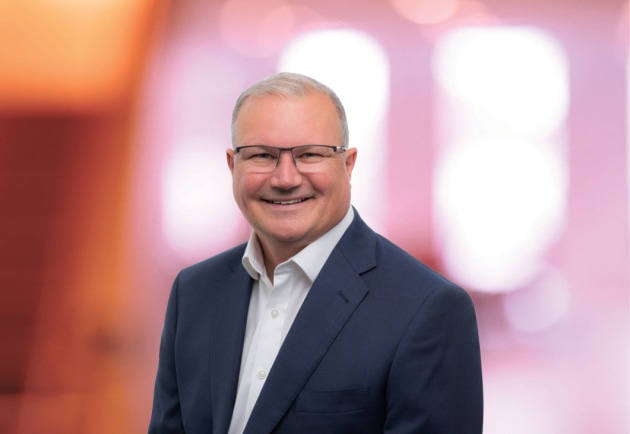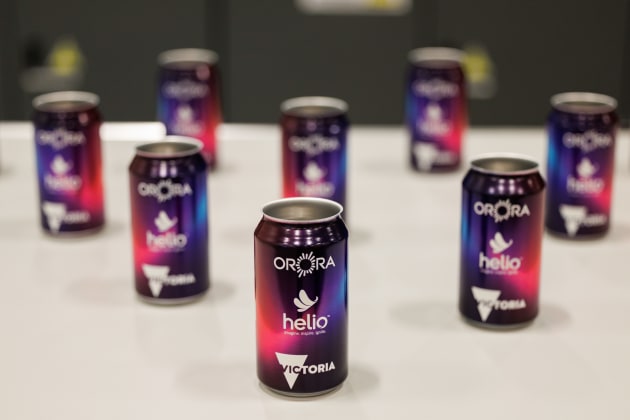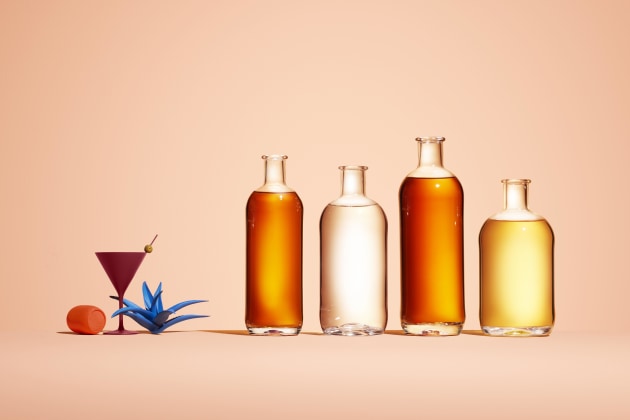Orora has delivered a solid result in FY25, completing its transformation into a focused, market-leading beverage packaging provider with a strong balance sheet and investments primed for long-term growth.

The financial year ended 30 June 2025 saw the company grow revenue and earnings across its key divisions, despite challenging global conditions and tariff-related headwinds. Cans was the strongest performing division.
Orora managing director and CEO Brian Lowe said the result reflected disciplined execution and strategic focus.
“We completed the strategic transformation of our portfolio with the divestment of OPS, and despite macroeconomic uncertainty, delivered a strong financial outcome underpinned by growth in beverage packaging demand and improved operational performance,” Lowe said.
FY25 Financial Highlights:
- Statutory NPAT: $973.1m, up 425.4% (includes net profit from discontinued operations and significant items)
- Revenue: $2.1 billion, up 24.4%
- EBITDA: $418.8m, up 19.4%
- EBIT: $262.1m, up 9.5%
- Net profit after tax (continuing ops): $151.1m, up 18%
- EPS: 11.4cps, up 11.1%
- Operating cash flow: $333.6m, up 46.4%
- Final dividend: 5.0cps, full-year dividend of 10.0cps (86% payout ratio)
Orora Cans: Capacity expansion drives volume uplift

The Orora Cans division continued its multi-year investment program to meet growing demand, delivering 12.1% revenue growth to $776.9 million, with volumes up 6%. EBIT remained steady at $103.8m, affected by a one-off $2.1m bad debt and an additional $5m in corporate overheads following the sale of OPS. Adjusting for these, EBIT grew by 7%.
Demand was strongest in the energy and carbonated soft drink categories, with moderate gains in beer and a slight decline in RTD. All major customers have recently expanded filling capacity in Queensland, contributing to volume growth.
Key developments included:
- Completion of the second can line at Revesby, NSW, adding 10% to network capacity.
- Commencement of construction on a third can line at Rocklea, QLD, due for completion in FY26.
- Commissioning of the Helio digital can printer at Dandenong.
Looking ahead to FY26, Orora expects continued volume growth in line with long-term trends, supported by substrate shifts and new category development.
Saverglass: Navigating global de-stocking, positioning for recovery

Saverglass, Orora’s luxury and premium glass packaging business, delivered EBIT of €79.2m, down 5.5% compared to pro-forma FY24, as the business cycled 12 full months under Orora ownership. Revenue declined 16.5% to €612.4m due to global de-stocking and a product mix shift toward lower-value standard bottles.
Despite the first-half softness, volumes rebounded in the second half with 9% growth. Orora has taken steps to adjust capacity to demand, with the planned closure of the F4 furnace at Le Havre in France and consolidation of wine and champagne production to the Ghlin facility in Belgium, which is currently undergoing a rebuild.
Lowe noted: “Operationally, Saverglass is focused on optimising its footprint in response to market conditions. While mix remains skewed to lower-value segments, we’re seeing stabilisation and are well-positioned for a return to growth.”
Gawler Glass: Resizing to meet a changing wine market

The Gawler Glass facility in South Australia posted revenue of $285.4m, up 1.5%, with EBIT falling 54% to $25.4m. This reflects the temporary impact of the G3 furnace rebuild and persistent structural challenges in the domestic commercial wine market.
While wine and beer volumes declined, growth in food jars and other categories helped offset some of the volume shortfall. The $184m G3 rebuild, completed in December, delivered a 30% emissions improvement – exceeding expectations – and sets the foundation for more sustainable operations.
To right-size operations, Orora will transition Gawler to a two-furnace site, with the G1 furnace closure scheduled for September 2025. This will see 85 jobs cut.
Lowe said the move reflects a pragmatic response to long-term market trends:
“The shift from wine and beer to other formats, including aluminium cans, is a clear signal. The Gawler restructure will improve efficiency and ensure we remain competitive while enabling growth through innovation and sustainability.”
Transformation complete, outlook cautious but confident
Following the sale of OPS for $1.8 billion and the announcement of a share buyback program (with $127m in shares repurchased to date), Orora enters FY26 with a streamlined portfolio and strong capital position. The company reported progress on its sustainability goals, including:
- 59.5% recycled content at Gawler (targeting 60% by end CY25)
- 78% recycled content in Cans
- 19% reduction in Scope 1 and 2 emissions (market-based) since FY19
Looking forward, Orora anticipates EBIT growth for Cans, driven by volume increases and new capacity; stable EBIT for Saverglass, with upside from cost efficiencies; and for Gawler Glass, EBIT recovery to ~$30m, as furnace closure improves utilisation.
Lowe concluded: “We are entering FY26 with cautious optimism. With leading positions across our core markets, enhanced operational capability and a disciplined approach to capital allocation, we are well positioned for growth.”






